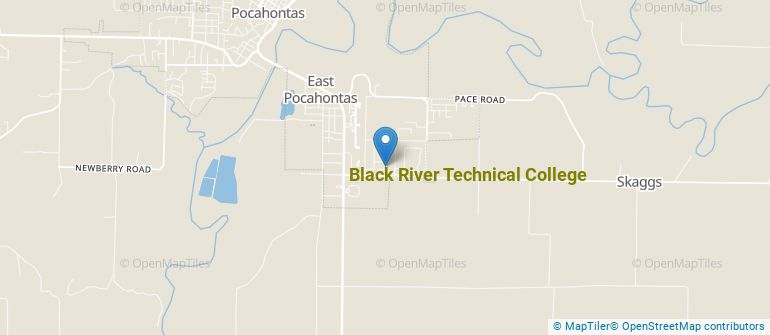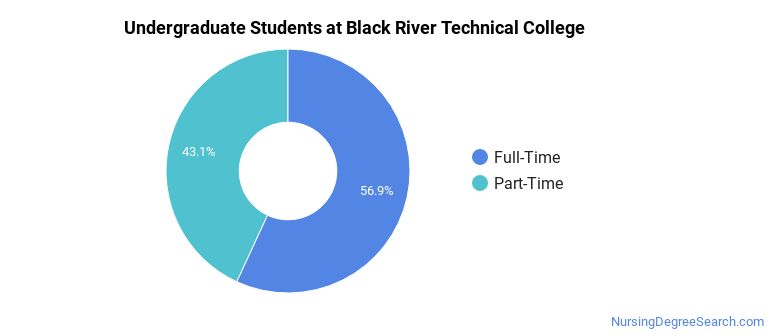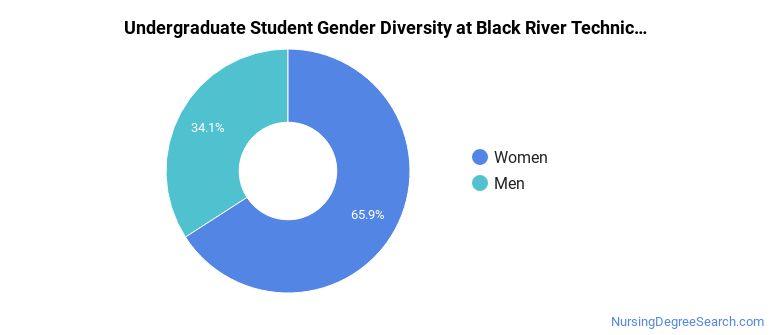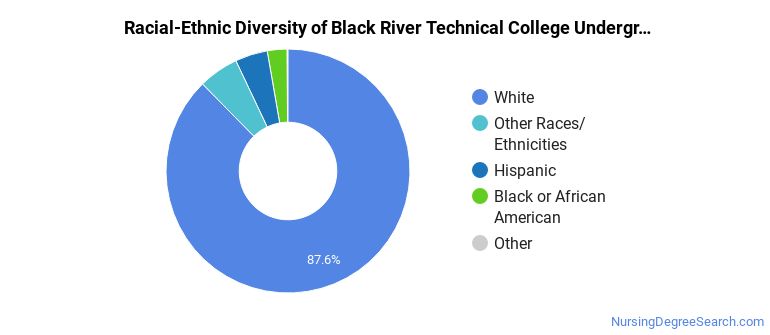Black River Technical College Nursing Programs
Black River Technical College is a public institution situated in Pocahontas, Arkansas. Pocahontas is a good match for students who enjoy small-town life.
Where Is Black River Technical College?

Contact details for Black River Technical College are given below.
| Contact Details | |
|---|---|
| Address: | 1410 Hwy 304 East, Pocahontas, AR 72455 |
| Phone: | 870-248-4000 |
| Website: | www.blackrivertech.edu |
How Do I Get Into Black River Technical College?
You can apply to Black River Technical College online at: https://www.blackrivertech.org/admission-registration-enrollment
Can I Afford Black River Technical College?
Student Loan Debt
Almost 66% of college students who graduated with the class of 2018 took out student loans, but that percentage varies from school to school. At Black River Technical College, approximately 8% of students took out student loans averaging $4,434 a year. That adds up to $17,736 over four years for those students.
Black River Technical College Undergraduate Student Diversity

Gender Diversity
Of the 768 full-time undergraduates at Black River Technical College, 34% are male and 66% are female.

Racial-Ethnic Diversity
The racial-ethnic breakdown of Black River Technical College students is as follows.

| Race/Ethnicity | Number of Grads |
|---|---|
| Asian | 1 |
| Black or African American | 20 |
| Hispanic or Latino | 33 |
| White | 673 |
| International Students | 0 |
| Other Races/Ethnicities | 41 |
Black River Technical College Nursing Concentrations
The table below shows the number of awards for each concentration.
| Major | Basic Certificate | Associate’s | Undergraduate Certificate | TOTAL |
|---|---|---|---|---|
| Nursing Assistant/Aide and Patient Care Assistant/Aide | 90 | 0 | 0 | 90 |
| Registered Nursing | 0 | 68 | 0 | 68 |
| Licensed Practical/Vocational Nurse Training | 0 | 0 | 29 | 29 |
| TOTAL | 90 | 68 | 29 | 187 |
References
*The racial-ethnic minorities count is calculated by taking the total number of students and subtracting white students, international students, and students whose race/ethnicity was unknown. This number is then divided by the total number of students at the school to obtain the racial-ethnic minorities percentage.
More about our data sources and methodologies.
